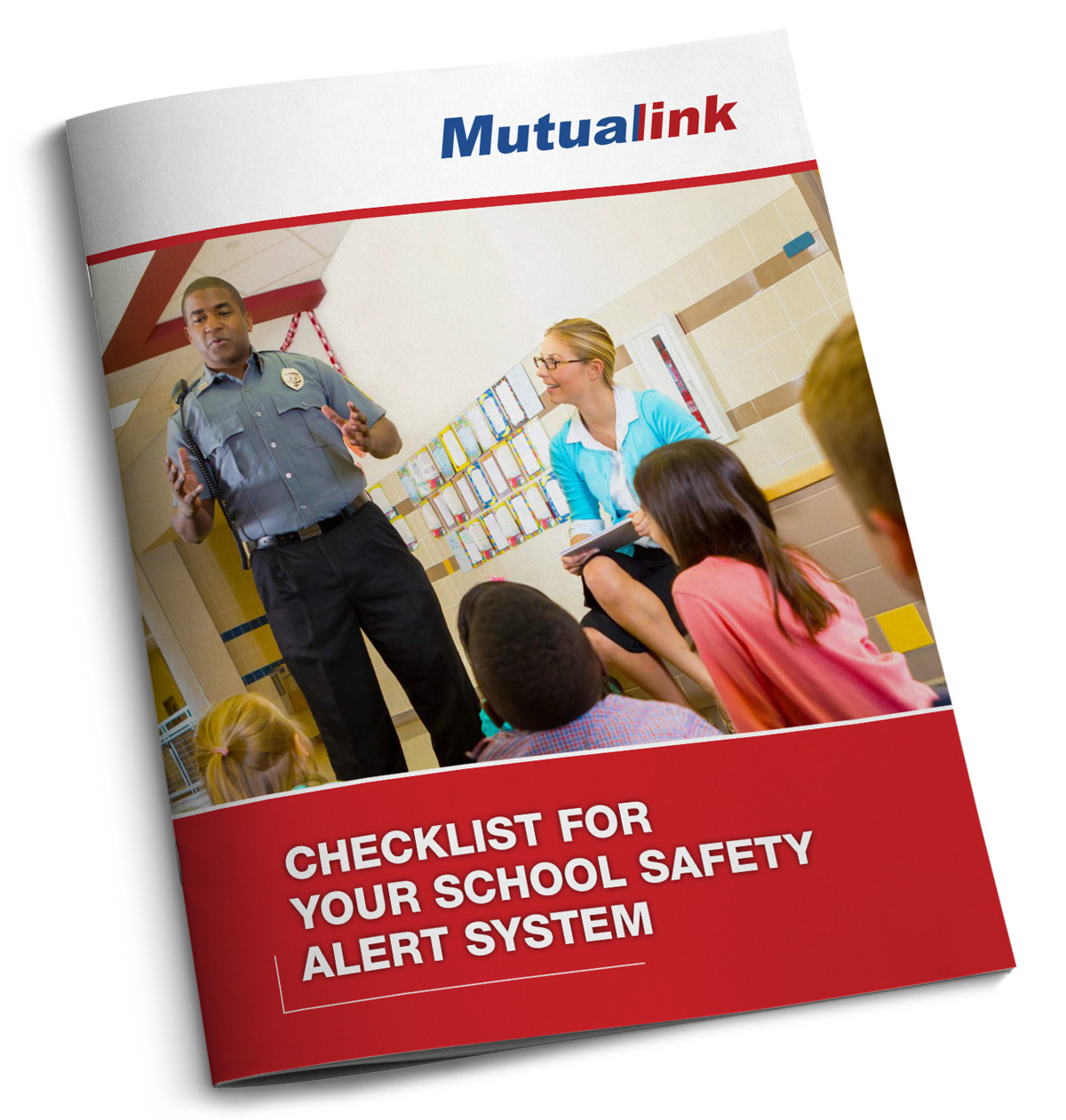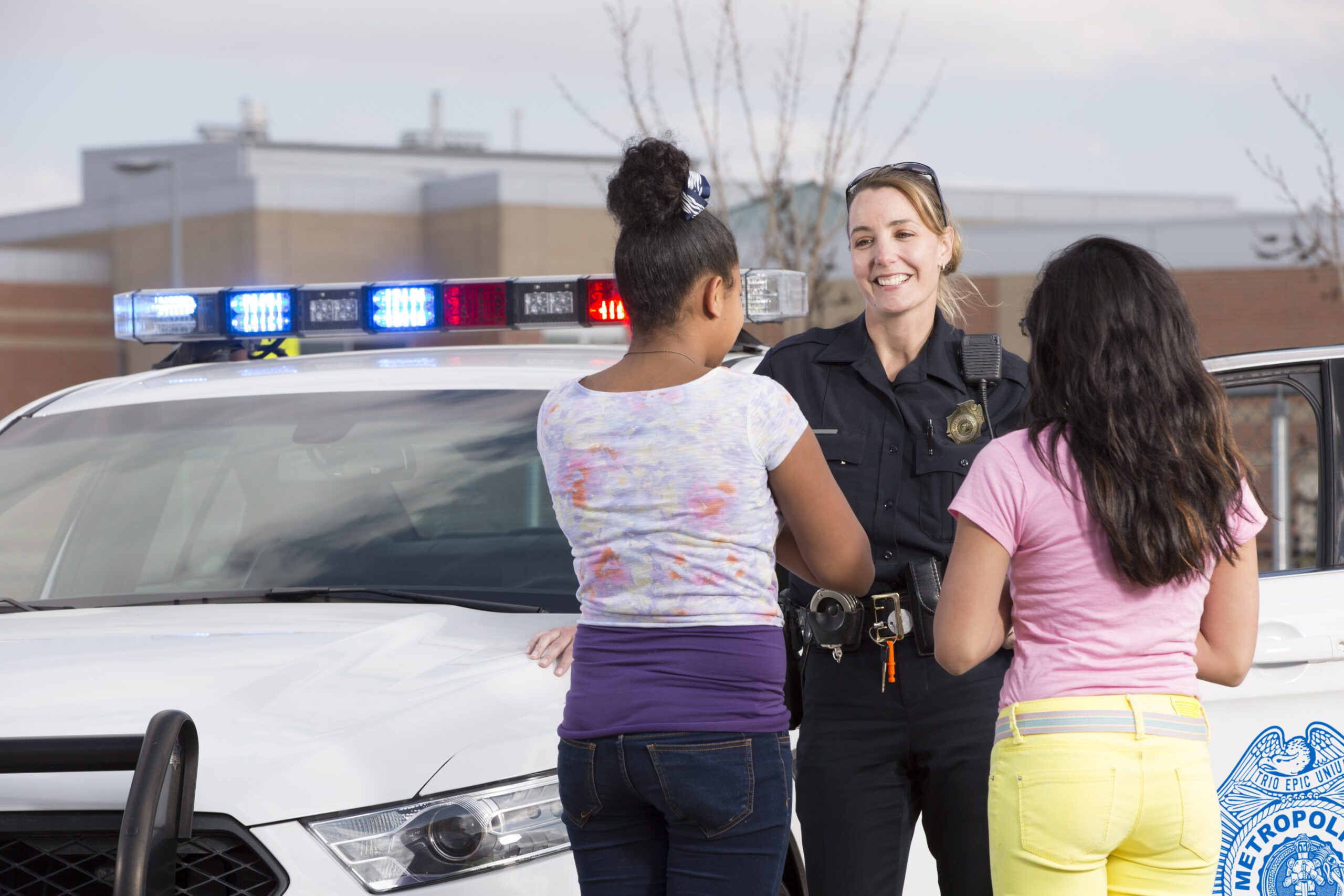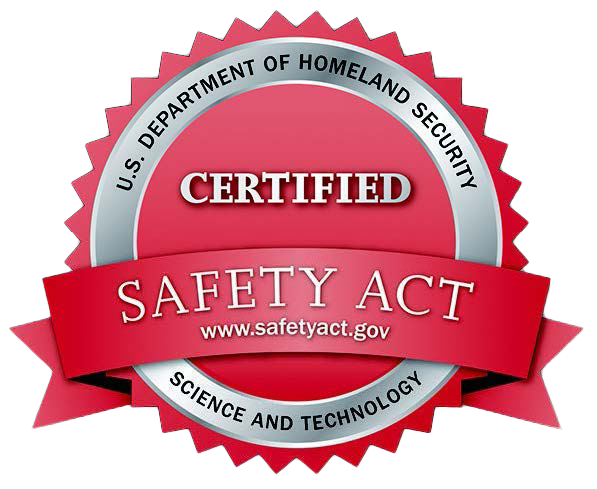When responding to a school safety emergency, time is of the essence. The more information you have at your fingertips, the quicker you can respond and resolve the incident.
By: Mutualink Staff
School Shootings Reach an All-Time High
More school shootings were recorded in 2021 than at any time since data started being collected, according to NewsNation and Education Week:
- 34,000 children were exposed to gun violence
- 249 incidents
- 34 school shootings resulting in injury or death
- 54 injures
- 14 deaths – 11 students and 3 adults
Since the Columbine High School mass shooting in April 1999, nearly 300,000 children have been exposed to gun violence, according to the Washington Post database.
These statistics are devastating and instill fear in our children, parents, school personnel, elected officials, and our first responders. Our communities have a heightened level of insecurity. Our ability to enhance communications between law enforcement and school administration can bring relief to parents, children, and school staff in very stressful situations.
School Shooting Response Delays
Mutualink met with Andy Williams – a 26-year police veteran – to gain his insight into how schools could improve communications and response to school shootings. Officer Williams (retired) specialized in emergency management and training of field officers while with the Las Vegas Police Department (LVPD).
As Officer William explained, with any emergency situation, like a school shooting, there are always delays. These are caused by going in blind with the many “unknowns”, such as:
- How many shooters?
- Do we know their location?
- Is this an active shooting?
- Has the school been successfully evacuated?
- Is the school in lockdown?
- Who’s in charge?
- Which agencies are responding?
Incorporating an automated response would reduce resolution delays by answering these unknowns. An “automated response” means more information – direct intelligence – in the hands of the first responders, in real-time, to remove the blinders and answer these crucial questions. It allows the officers to respond faster which ultimately brings faster resolution to the situation and hopefully preserves life.
Improving School Shooting Response
Office Williams shared that intel comes in a variety of formats – alerts, voice, audio, and video. And time to resolution can be significantly improved when more of these communication tools are incorporated and communicated across all responding agencies.
An officer’s primary communication devices are their land mobile radio (LMR) systems and their push-to-talk (PTT) radio. They rely on these to relay and receive information to and from command centers as well as their fellow officers. Unfortunately, it is not uncommon for there to be a lack of ability to communicate across jurisdictions. This inability to communicate cross-agency can cause critical delays.
A radio interface system improves emergency response time to a school shooting. When the system links LMR systems via standard-based protocols it allows a user on one public safety network to communicate with someone on a different LMR network. But for agencies to achieve true interoperability and gain the most real-time intel and reduce time to resolution, it is crucial for LMRs to have the ability to also connect with PPTs and smartphones.
Using enhanced Mission Critical Push-to-Talk (MC-PTT) applications delivers a variety of intel – voice, audio, video, images, and files – to the first responder. With the right technology, responders can talk to personnel inside the school and get the answer to the “unknowns” by sharing video, floor plans, and the location of the intruder(s) all before they arrive at the scene. Intel is kept fresh with real-time updates.
Checklist for Your School Safety Alert System
Learn more about 6 critical elements to protect your schools.
Mutualink Delivers Life Saving Technology
Mutualink LNK360™ is trusted by hundreds of schools and police forces nationwide. Our technology is Family Educational Rights and Privacy Act (FERPA) compliant with all data doubly encrypted with AES-256 Encryption. The Advanced Encryption Standard (AES) is the method chosen by the government to protect classified information. Mutualink is the only multimedia interoperable communications product that is Safety Act certified by the Department of Homeland Security (DHS).
Our True Interoperability® technology connects schools and first responders for seamless multimedia communications to help prevent and respond to school violence. Our LNK360™ platform uses a school’s current communication assets to share on-demand, secure radio and video with law enforcement instantly with the push of a button. It connects with others in the district and across law enforcement agencies in the broader Mutualink public safety ecosystem. This can mean the difference between effective and timely intervention and a delayed response that ends in tragedy.
Mutualink is committed to helping school districts provide safe and secure environments for their students and their employees. We believe every child deserves to feel safe at school and every parent deserves to have peace of mind when they send their children off to school. Let us put our certified technology and years of experience to work protecting our next generation. For more information, go to Mutualink.net and request a free demonstration.






